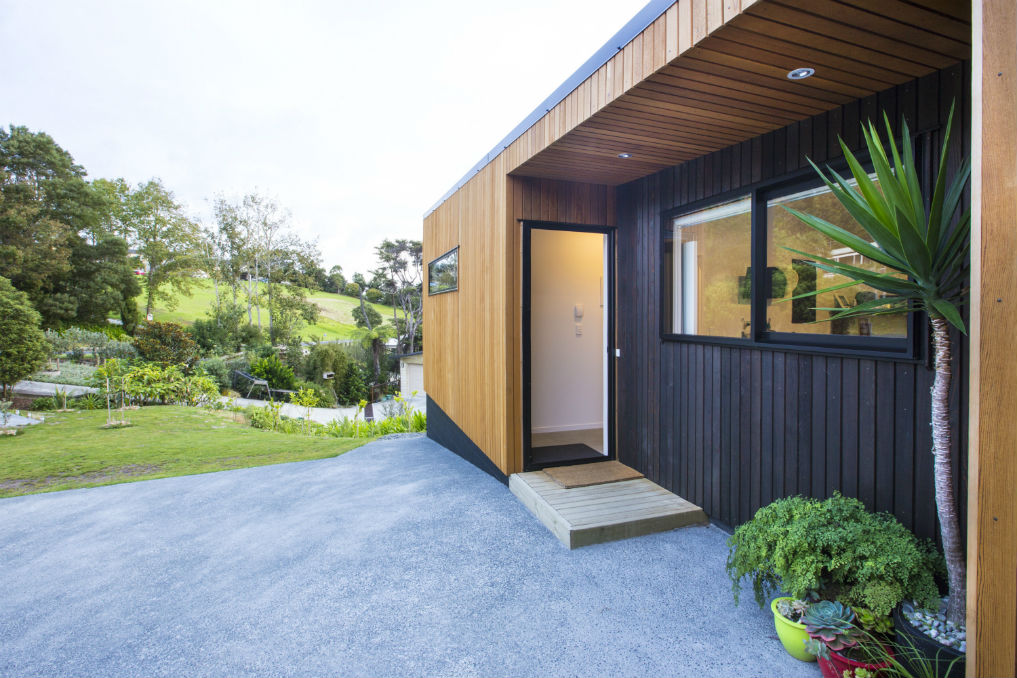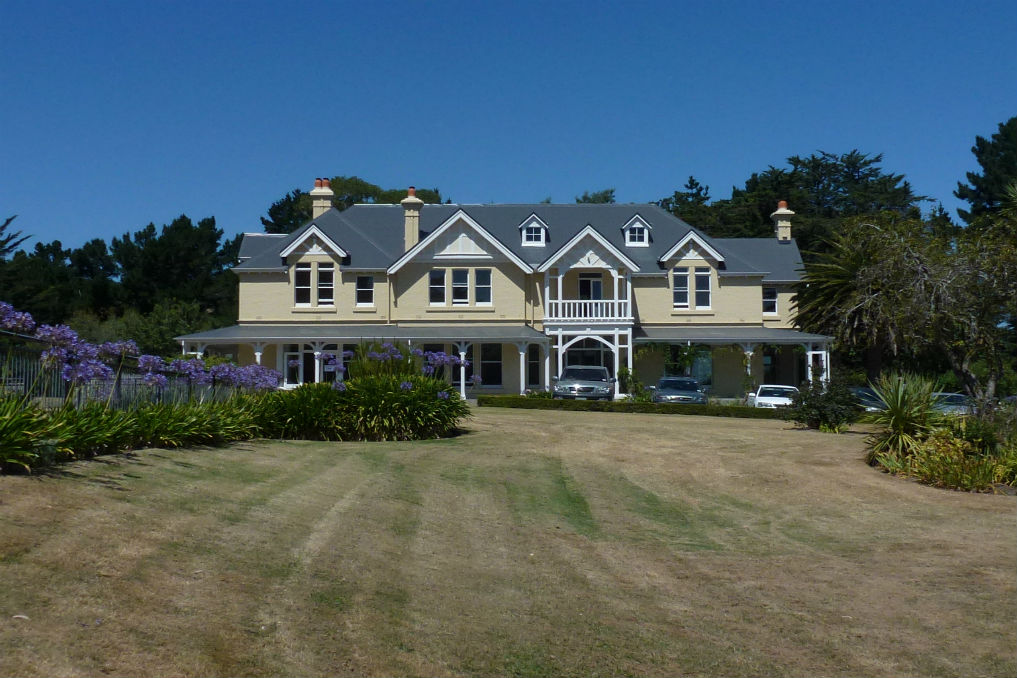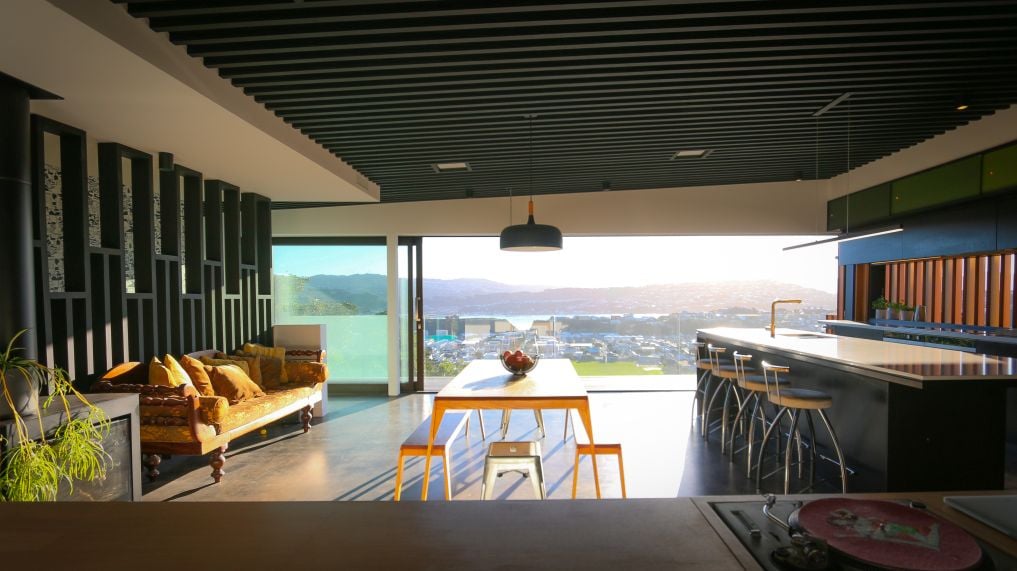Modern architecture is getting back to basics with a burgeoning renaissance of historic, earth-centred building techniques and materials. Take clay, for example. Used in a myriad of ways for thousands of years, this humble building material has sheltered communities in the harshest of climates for generations. In fact, archaeological evidence suggests that clay tile roofing has been used since as far back as 10,000 BC.
And in the present day, clay is making a comeback. Sure, when we think of earth building, we often think of the rugged, charming aesthetic of an old farm homestead, but beyond its surface value, using natural materials in our buildings has far more benefits than we could imagine. These earth buildings are resilient to natural climes, fireproof, energy and thermally efficient, and boast some seriously good acoustics for those who are musically inclined. For clay advocate and earth builder Brenton Stockman of Gaia Construction, one of the ultimate purposes of using clay in his buildings is that it re-connects us to the spirit of Mother Nature.
“We are building and designing with infinite beliefs in a finite world. We use – and waste – resources at an alarming rate in the construction industry. But we are not here to suck all the oil out of the ground. If we can be here as guardians, rather than owners of the land, then we can start to understand how we can take care of ourselves by taking care of the land.
“For me, just holding that clay – the feeling of it on your hands – that in itself helps us connect with who we are and where we have come from.” Stockman maintains the concept of using clay for residential application is not niche and that it resonates strongly with those who are invested in environmental regeneration. “Earth building is ecology in practice” Stockman continues, stating that it is exciting to see that earthen materials-centred building and design is finally moving into the mainstream and no longer relegated to the fringe.
“Clay is for anyone interested in not having a huge carbon footprint. It’s about building the right sort of space for our requirements without speculative over-building. That’s what we do with our conventional housing. In the last 50 years, a standard house has increased on average by 50 square metres while our family sizes have gone down.
“One of the beauties of earth building is that you are using resources close to you – most of the time, they’re already on site. It’s a circular model where you can use the clay cut up for your foundation to construct your walls.”
However, in crediting the resilience of clay housing compared to conventional building, Stockman also concedes that working with earthen materials is also more labour intensive, so the commitment is greater. Building an earth home does “foster a great sense of community,” he adds, “and in the end, you can really feel the energy in the building.”








